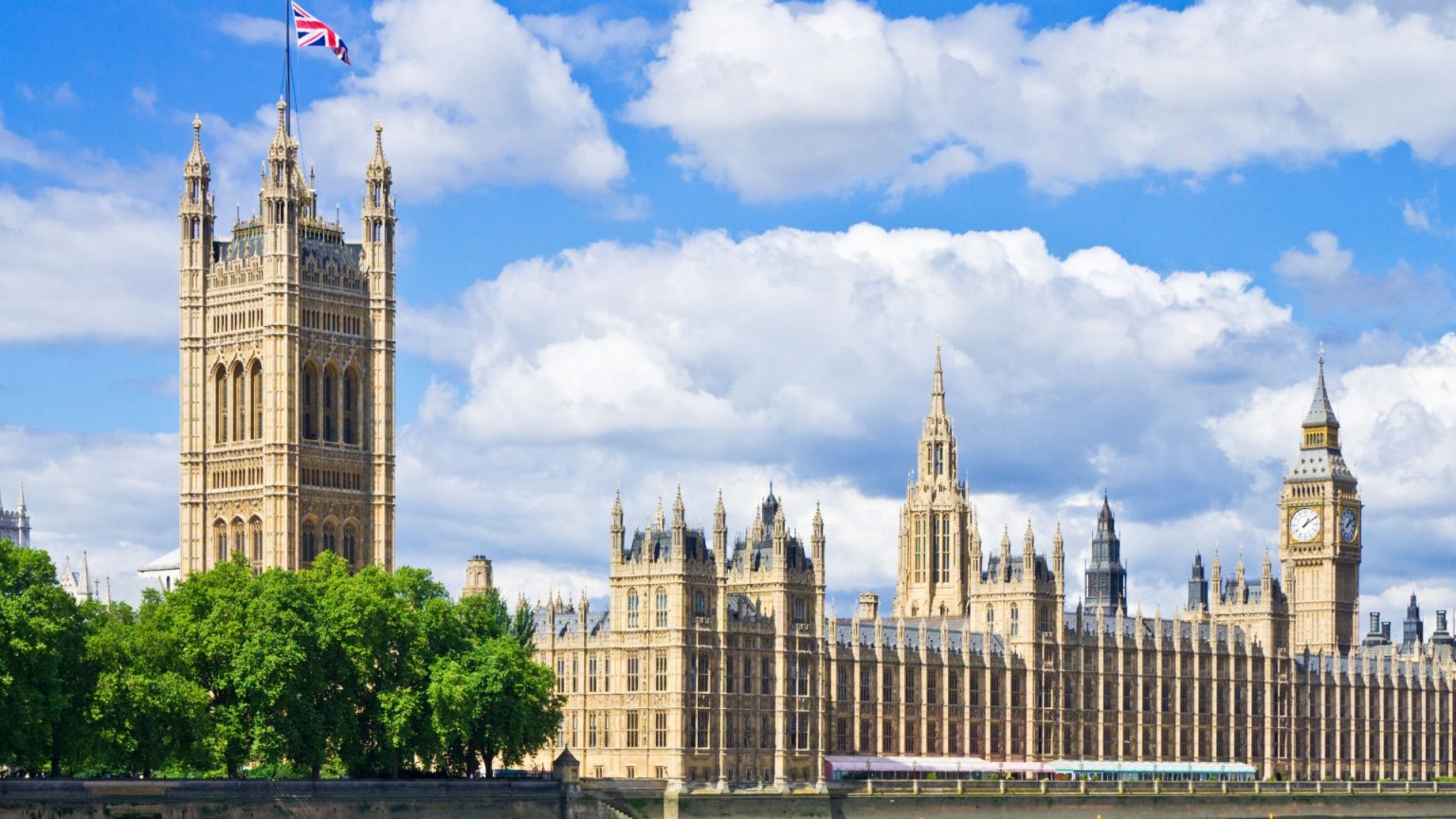In the 1930s, a visionary yet ultimately unrealized project envisioned transforming a stretch of the River Thames into a central London airport. This audacious plan proposed a colossal structure spanning the river between Westminster Bridge and Lambeth Bridge, placing air travel at the very heart of the city, a stone’s throw from iconic landmarks such as the Houses of Parliament and Big Ben. The rationale behind this prime location rested on the river’s straight trajectory in this particular area, perceived as ideal for takeoffs and landings. Detailed designs published in Popular Science Monthly in 1934 showcased a multi-tiered structure. The top deck, elevated over 300 feet above the water, would serve as the runway, while a lower deck would house hangars, connected by an airplane elevator. Ingeniously, the design incorporated open space beneath the hangar level to allow unimpeded passage for river traffic. Passenger access to the elevated runway would be facilitated by lifts within the structure’s supporting columns on either side of the river. This ambitious proposal aimed to provide London with an airport closely integrated with its bustling business center, a concept far ahead of its time.
Despite its innovative design and central location, the Thames airport project never took flight. Several factors likely contributed to its demise. The close proximity to the Houses of Parliament raised concerns about noise pollution and potential structural damage from vibrations. Furthermore, the limited space available within the river’s confines presented significant challenges for future expansion. Even if constructed, the airport’s viability in the long term is questionable, given the increasing size of modern aircraft and their demand for longer runways. The 1930s Thames airport proposal serves as a fascinating example of ambitious urban planning that ultimately succumbed to practical constraints and logistical challenges.
While the Thames airport remained a blueprint, London has witnessed other ambitious, albeit unsuccessful, airport proposals. In 2013, the “London Britannia” project, also known as “Thames Hub Airport” or “Boris Island,” envisioned a six-runway airport on an artificial island east of the city. This £50 billion project aimed to accommodate up to 110 million passengers annually and operate 24 hours a day. However, concerns about the environmental impact and escalating cost projections, potentially reaching £100 billion, led to its cancellation in 2014.
Another unconventional airport concept considered converting King’s Cross Station, a major railway terminus, into a circular airport. This radical proposal, however, faced rejection due to financial anxieties and safety concerns related to the runway’s circular design.
Currently, London is served by six airports, strategically located around the periphery of the city. London City Airport, the closest to central London, offers a more practical solution for air travel access, albeit without the dramatic riverside location envisioned in the 1930s.
The history of unrealized airport projects in London underscores the complex interplay of urban planning, technological advancements, and environmental considerations. While the Thames airport may have been a visionary concept for its time, its impracticalities ultimately grounded the project. These past proposals serve as reminders of the challenges involved in balancing the demands of a growing metropolis with the logistical realities of air travel infrastructure. The current configuration of London’s airports reflects a more pragmatic approach, distributing air traffic across multiple locations to manage capacity and minimize disruption to the city center.
The 1934 Thames airport proposal stands as a testament to the imaginative thinking of urban planners seeking to address the growing demands of air travel in the early 20th century. Though never realized, it offers a glimpse into a dramatically different vision of London’s cityscape, one where airplanes soared above the Thames, juxtaposing modern transportation with historical landmarks. This historical curiosity serves as a reminder that while some ambitious projects eventually take flight, others remain grounded by the constraints of reality. The evolution of London’s aviation infrastructure ultimately followed a different path, but the Thames airport concept remains a fascinating footnote in the city’s history of urban development.











